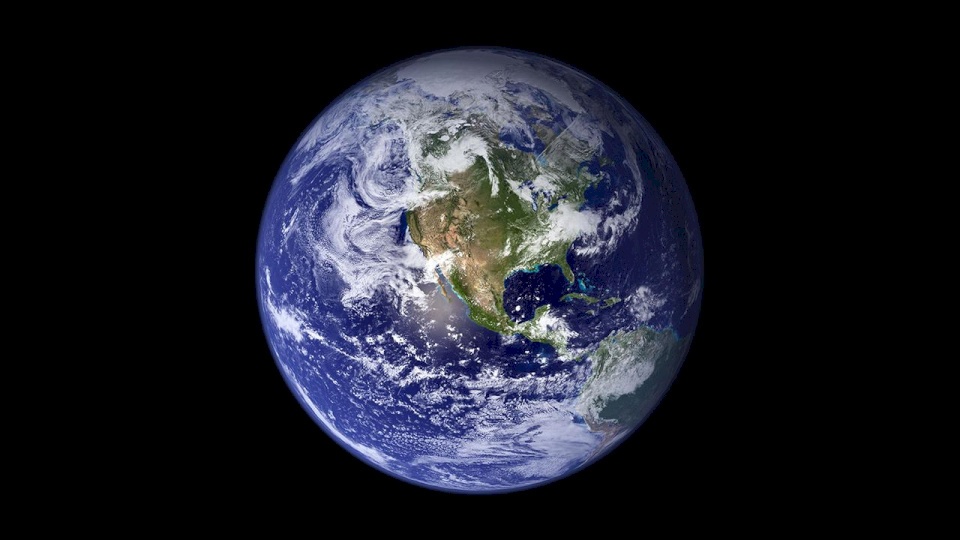
Revealing a New 'Hidden Moon'... Following Earth for Six Decades
SadaNews - For 4.5 billion years, the moon has been Earth’s constant celestial companion, embellishing its sky and profoundly influencing human life by controlling tides and helping to stabilize seasons.
However, astronomers revealed an exciting surprise today, as there is another "quasi-satellite" that has been trailing our planet in its journey around the sun for decades without anyone noticing.
At the Pan-STARRS observatory in Hawaii, a team of experts detected a new celestial body named "2025 PN7," which turned out to be a small asteroid no more than 19 meters wide, but it follows a unique trajectory that makes it a "quasi-moon" of Earth since the 1960s.
A body that does not orbit the Earth
Although it appears to be orbiting our planet, "2025 PN7" is actually orbiting the sun in a path that is nearly synchronized with Earth's orbit.
According to the data analyzed by scientists, this asteroid has been in a quasi-orbit with Earth for about 60 years, and it is likely to remain so for another 60 years before it alters its course and departs, as reported by the British "Daily Mail".
Smaller and Less Stable
This asteroid joins six other known "quasi-moons" that follow similar orbits to Earth's, but it stands out as the "smallest and least stable" thus far.
The discovery of the first quasi-moon dates back to 1991, when the body "1991 VG" appeared, which sparked wide debate, with some scientists believing it could be a spacecraft of non-human origin, before it was later clarified that these bodies are entirely natural.
They form what resembles a "secondary asteroid belt" that accompanies Earth and the moon in their journey around the sun.
Not Visible to the Naked Eye
However, unlike our luminous moon that can be seen with the naked eye, "2025 PN7" is extremely faint and can only be detected using powerful telescopes.
Scientists have also confirmed it is not bound by Earth's gravity, making it a "slippery companion" that appears to orbit around the Earth while it actually accompanies it on its solar path.
Though six decades is relatively a long time, the presence of "2025 PN7" seems short compared to the famous quasi-moon Kamoʻoalewa, which has been accompanying Earth in a bound orbit for about 381 years.
Both belong to a special class of celestial bodies known as "Arjunas," which are asteroids moving in harmony with Earth’s journey around the sun.
The new asteroid travels within a wide range of distances from our planet, ranging from 4.5 million kilometers to 59 million kilometers, making its observation extremely challenging.

The Bankruptcy of the Innovative Company "Roomba" Threatens the Future of Struggling Tech...

Report: The Suspect in the Brown University Attack Killed a Brilliant Scientist in a Shock...

Recent Study Questions the Safety of Sweeteners

Why is Tehran Threatened by Thirst?

Hundreds of Cisco Customers at Risk of New Chinese Hacking Campaign

A Diet Similar to Fasting Resists Obesity and Causes Changes in the Brain

5 Predictions for the Growing Role of Artificial Intelligence in Media by 2026

